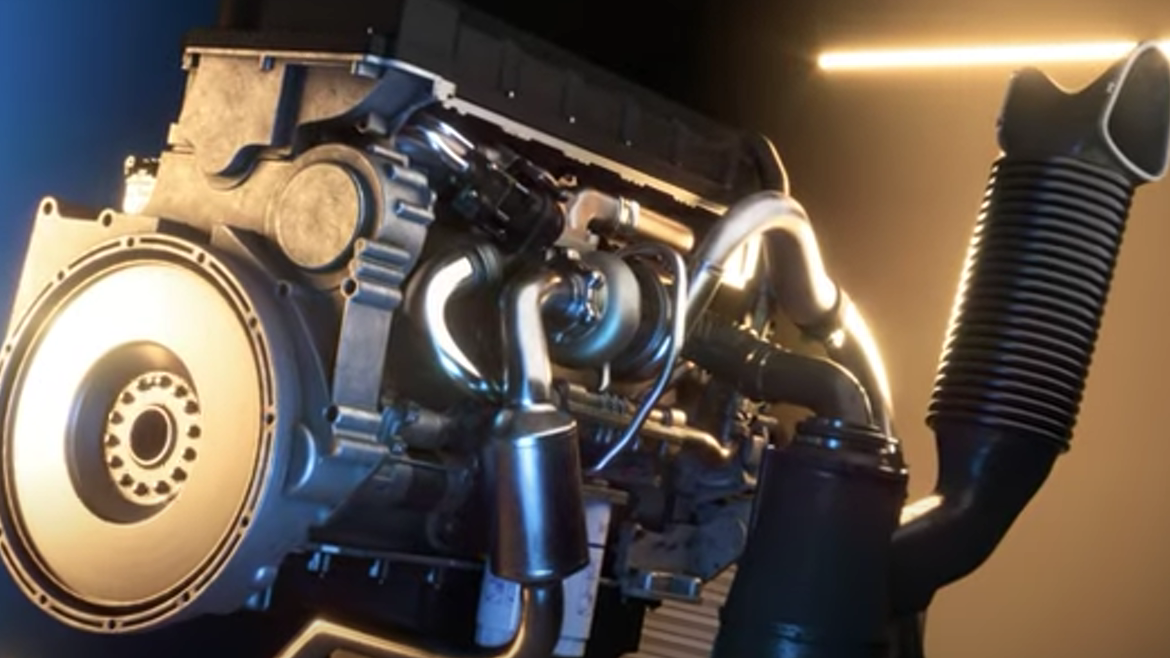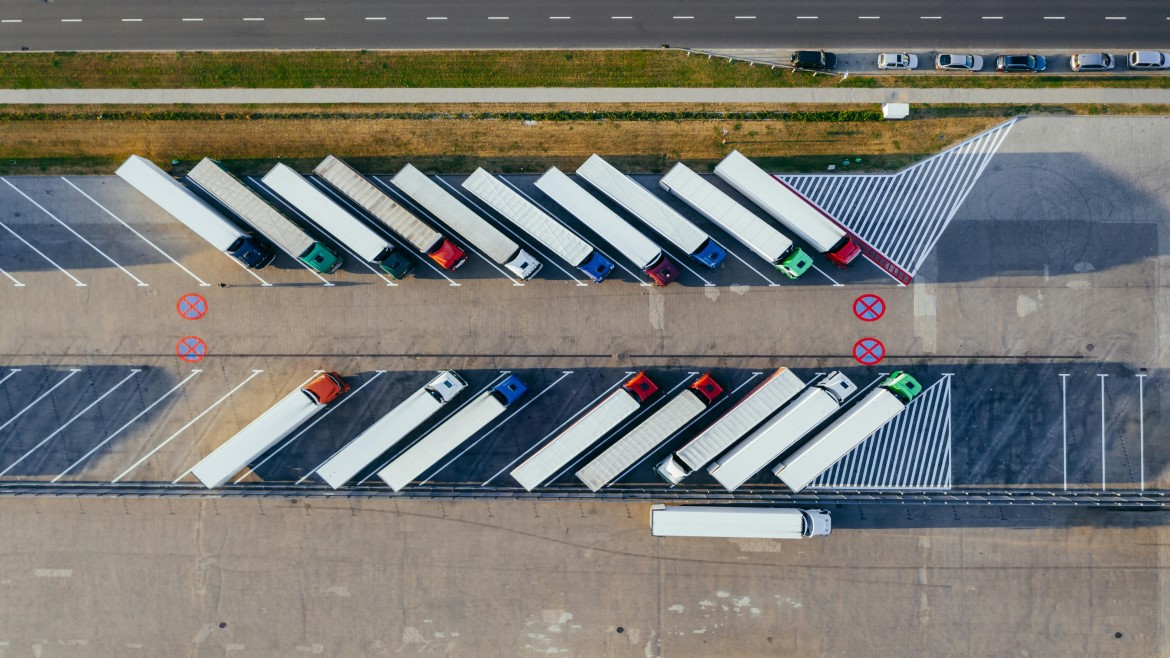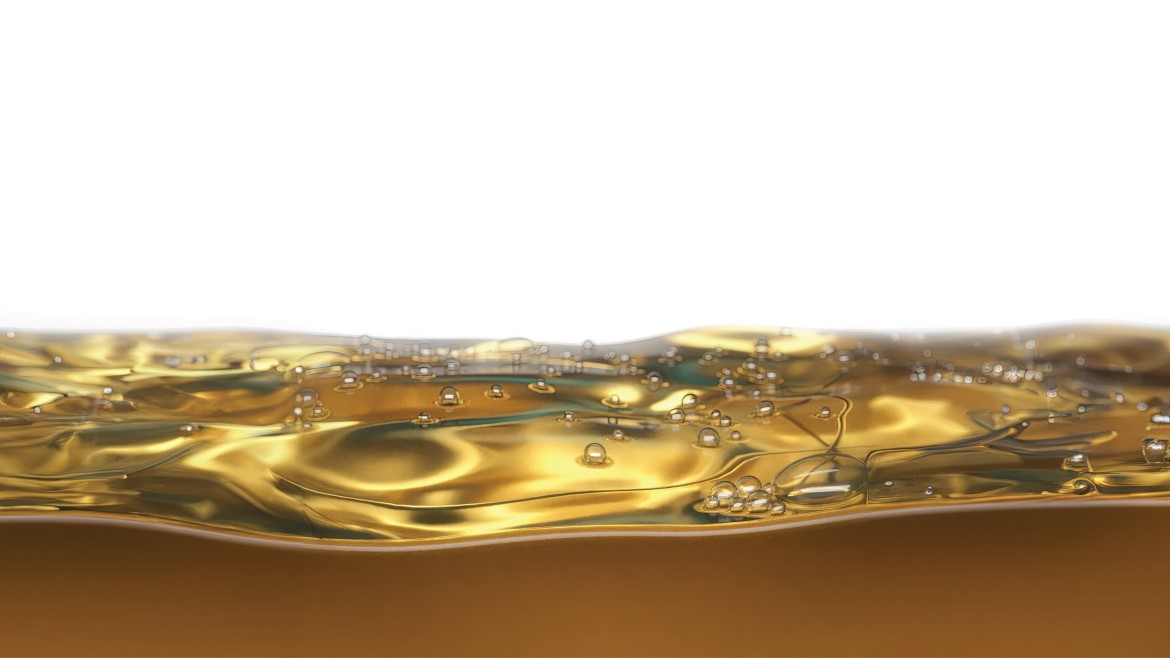Feb 11, 2021
Posted by Kailash Sawant, Associate Director, Product Management, Lubrizol Additives – India & Middle East, Adam Kidson, Technology Manager, India and Middle East
This article highlights the key takeaways from our recent Effects of Sand Ingress in the Internal Combustion Engine webinar, part of our Lubrizol360 Webinar Series featuring Lubrizol experts discussing important industry trends.
Sand. While for many, it might conjure the image of white beaches and tranquil oceans, sand can wreak havoc on the proper operation of the modern internal combustion engine (ICE). And it’s a global problem that doesn’t get as much attention as it should.
Consider that 20% of the Earth’s surface is classified as desert—a figure that additionally comprises some of the most rapidly developing markets in the world. Here, the majority of roads and transportation networks linking cities are unpaved, leaving on-highway vehicles to contend with harsh and arid conditions. Off-highway vehicles and equipment operating in quarries and mines face the same challenges.
Sand ingress has the potential to lead to catastrophic equipment damage if left unchecked. The good news, however, is that certain performance polymers included in engine oils can deliver enhanced wear protection even in the face of these challenging conditions. Let’s explore where and why sand is such a challenge for engine performance, and how the selection of multigrade lubricants is essential for long-term performance in emerging markets.
Emerging Markets and Their Oil Preferences
Key to understanding and combating the ill effects of sand and dust on engine performance is knowing where it is a prevalent problem, along with those regions’ oil preferences. Here’s a quick break down of each:
The Middle East. There is a strong prevalence for older specification engine oils, including monogrades, throughout the Middle East. This is not an ideal combination with the region’s dusty and sandy environment. Change is occurring, however—about 65% of imported vehicles to the region now come from markets with tighter emissions norms, and require higher performing lubricants. Additionally, certain regions have begun to enforce mandatory minimum engine oil specifications.
Africa. Throughout Africa, an estimated 2/3 of all registered vehicles are more than 10 years old. This means that demand for older specification engine oils and monogrades has remained high, and the region’s many unpaved roads linking towns and communities will continue to pose challenges for optimum engine performance.
Latin America. Imports of older vehicles from the U.S. remains popular throughout this region. Combined with an extreme cost sensitivity for engine oils, monogrades still represent about 15 percent of the total engine oil market, creating challenge in protecting engines against sandy conditions.
Russia and the Commonwealth of Independent States (CIS). Off-highway equipment operating in Russia and CIS—including agricultural, construction and mining equipment—represent about 40% of the total global monograde market. Cost sensitivity is an issue here again, along with high temperatures and dry, arid operating environments.
Overall, monogrades remain popular throughout these regions for a few reasons. First and foremost, they are cost effective. Additionally, multigrades have historically helped engines start in cold conditions—so why would they be needed in hot climates? Finally, heavy monograde viscosity has long thought to provide better wear protection than thinner counterparts—a myth that continues to pervade the industry at large.
Why is Sand Such a Challenge?
Most of the world’s sand grains are composed of a form of silicon dioxide (silica) which is extremely hard, angular and abrasive. Silica is harder than steel and can easily scratch and remove material from steel surfaces—which commonly make up many internal combustion engines. This type of heavy wear can lead to increased maintenance costs and total equipment failure for operators.
Most end users throughout these regions understand and are concerned about sand and dust ingress and the potential for component damage and failure. What is lacking is a common understanding of how sand damage and engine oil are interrelated, and how multigrade lubricants truly offer enhanced protection.
A new testing methodology specifically developed to study sand and dust effects recently showed a few critical takeaways:
- Sand particle size highly impacts component wear. Silica particles smaller than 100 microns have a higher tendency to bypass the oil filter, and are then dispersed in the lubricant throughout the engine.
- Silica wear mechanisms are different throughout the engine. Contacts which rely on a thicker film of oil for protection more easily allow silica particles to enter. Bearings and journals are therefore most susceptible to high levels of wear.
- High levels of journal and bearing wear can lead to oil leaks and low oil pressure, which can give rise to catastrophic engine failure.
Benefits of Multigrade Protection Against Sand
With a better understanding of sand related wear comes a better ability to fight against it. Our testing has shown that varying the bulk viscosity of an engine lubricant through simply changing the base oil had no effect on the bearing wear, thus challenging conventional thinking. Using a thicker lubricant does not inherently provide enhanced wear protection. However, adding a performance polymer to formulate a multigrade lubricant dramatically reduced bearing wear.
Our View
As the emerging markets outlined in this article continue to grow, it will be continually important to highlight the benefits of choosing modern, high performance lubricants throughout the local vehicle populations. Not only do these lubricants provide enhanced protection in older model vehicles, but will be increasingly necessary as vehicle populations slowly modernize. What’s more, advanced formulations can better protect engines against the unique operating conditions found throughout these areas.
For more information about our testing in relation to sand and dust ingress, view the whole webinar here, or contact your Lubrizol representative.









